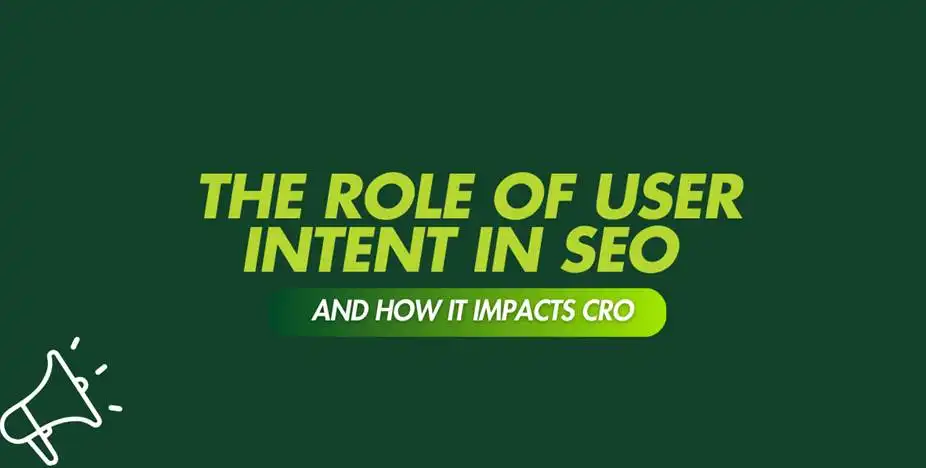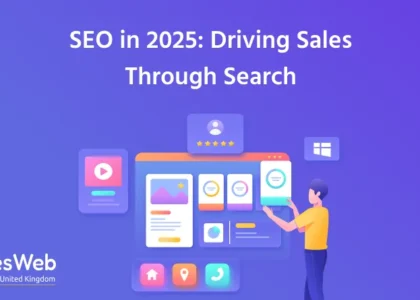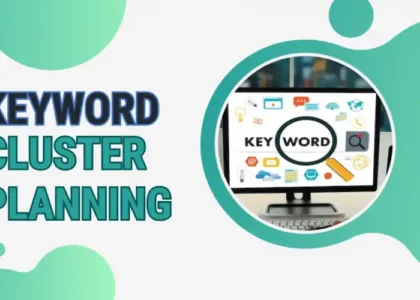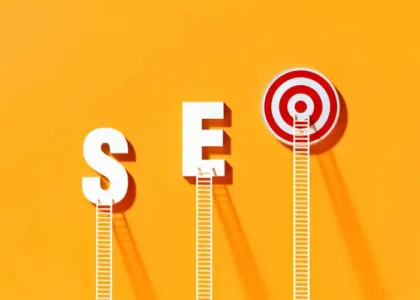Imagine pouring in tons of hours into doing SEO, driving traffic to your SaaS website, just to see visitors leave without taking any desired action. . Frustrating, right?
Ranking high on search engines is not sufficient to convert visitors into customers; it is more important to understand the exact needs of the users. This is where the idea of user intent comes into the picture. When a search en
gine notices that a piece of content meets user intent, it immediately promotes it. Hence, user intent becomes an important factor in determining the success of SEO. However, there is more to online marketing than SEO. While SEO brings the right audience to your site, conversion rate optimization (CRO) assures that the audience carries out some actions like signing up for a free trial or booking a demo
For SaaS marketers, users’ intention has to coincide with the content because that would lead the user through the journey of discovery to conversion. When users are able to find what they’re looking for, they’re more likely to engage with the brand, trust that brand, and take the next step. This blog talks about how one can supercharge their SEO and CRO strategies by understanding user intent, and provide actionable steps to enhance search visibility and drive business growth.
Understanding User Intent
SaaS marketers must first understand what users seek to create content that achieves high rankings and conversions. Each search is connected to some intent and relevant content improves search ability and user experience.
User intent can be categorized into four primary types.

Informational intent applies when users are looking for knowledge and answers, like industry trends or how a certain software works.
Navigational intent is when the user is searching a particular website or brand, often for login pages, price information, or product documentation
Commercial intent means that the users evaluate different options before making a decision, often looking for comparisons of various solutions in terms of features, reviews, or pricing
Transactional intent is the strongest signal that a user is ready to buy, with the present intent of taking action such as signing up for a free trial or requesting a demo.
Search engines serve the purpose of emphasizing relevancy, which essentially means that any content that is deemed to match user intent is likely to be ranked higher, as well as attracts engaged visitors. According to Tenspeed, SaaS businesses improve their actual organic traffic and user interaction by tuning their SEO strategies based on user intent.
The Impact of User Intent on SaaS SEO
Aligning content with the user intent is one of the effective ways for a SaaS company to improve search visibility and attract high-quality traffic. Search engine favours relevance hence it rank content higher when it directly answers a user query. The emphasis on intent rather than keywords allows SaaS marketers to create content that brings in traffic, engages users, and gets them nearer to conversion.
Traditional SEO was thoroughly reliant upon keyword optimization oftentimes without considering the context behind a search. Over the years, search algorithms evolved to understand intent, and this shift made it essential for marketers to move away from a purely keyword-centric approach to one that really starts focusing upon user needs. For example, HubSpot optimized its blogging content by targeting long-tail keywords associated with informational and commercial intents. They did not just rank for broad terms but focused instead on detailed intent-driven content that answered customer questions directly. Such an approach improved organic traffic substantially by engaging people whose expectations were met by the content they found.
To implement the intent-driven strategy, SaaS marketers should begin by checking for search queries quite often using tools like Google Search Console or Ahrefs. Understanding the intent of such queries allows them to build structured content clusters that guide users along the decision-making path. These could be blog posts that seek to answer general industry questions or simply landing pages tailored for conversion-ready visitors; understanding intent means ensuring content is relevant, discoverable, and effective to drive business growth
Integrating User Intent into CRO Strategies
Getting users to a website is half the battle. For the visitors to be converted to customers, SaaS companies have to ensure their landing pages are in line with user intent. Subtle tweaks, informed by behavioral insights and supported by web personalization platforms, can make the difference between a visitor bouncing and a visitor converting.

Analyzing User Behavior to Determine Intent
Creating Targeted Landing Pages
Aligning CTAs with the User Journey
Understanding a website’s user interaction gives meaningful insights into user intent. Via Google Analytics, heatmaps, and session recordings, you can find out the pages users visit, how long they stay on those pages, and on which page they drop off. Besides, search query data analysis gives hints on whether visitors are collecting information, weighing solutions, or ready to take an action.
When user intent has been identified, the next step is to design landing pages that immediately speak to user needs. Informational users require elaborate guides, blog posts, or even webinars that will answer their queries. Compared to informational intents, commercial-intent users respond better to demos/comparison charts, case studies, and other materials that address their product concerns. Finally, make sure transactional users have no offensive roadblocks toward signing up, requesting demos, or starting free trials. When each page converts according to the desired intent, engagement and conversion rate increases.
A call to action should always orient the user according to his or her stage in the decision-making process. For informational searches, CTAs can encourage downloading a whitepaper or subscribing to a newsletter. Commercial-intent users may need prompts to compare prices or watch a product demo. For customers at the transaction stage, direct CTAs such as “Start Your Free Trial” or “Request a Demo” should be employed in order to minimize friction in this final step of conversion.
For example, By tweaking the loan application forms according to the behavioral analytics, IMB Bank implemented this strategy. The adjustment was made possible by analyzing the user behavior, which was modifying content and CTAs on the site to resemble visitor intent. The results included an increase in conversion by 87%, emphasizing how true the concept stands of aligning user intent with conversion-focused design.
By consistently improving landing pages using intent-driven insights, SaaS marketers can provide customers with a smooth experience that encourages engagement and increases conversions.
Best Practices for Leveraging User Intent in SaaS Marketing
Understanding user intent is not something to be done once; it takes continuous improvements along with changes in people’s searching behaviors and customer expectations. A structured approach for SaaS companies helps ensure that effective SEO and CRO strategies are created to drive the traffic and conversions.

Conduct Regular Keyword Research with Intent in Mind
Optimize Content Clusters Around Intent
Continuously Test Landing Pages and CTAs
Keyword research should go beyond search volume and competition analysis. Instead, marketers should categorize keywords according to user intents, whether users are searching for information, comparing options, or are ready to convert. Tools like Google Search Console, Ahrefs, and SEMrush help with identifying intent-driven search queries. It is advisable to regularly update keyword lists to ensure that the content addresses the current audience need.
SaaS companies should not end up with distinct, disconnected pieces of content, but rather have clusters of topics based on the different stages of the buyer’s journey. A good content strategy ensures that the user will find appropriate content at every stage: there will be informational pages leading to comparison content for commercial-intent users and transactional pages with clear conversion pathways. Overall, while this lets the company improve its SEO performance, it is also a good approach to capturing user experience.
Conversion rate optimization is a continuous process. Continuous A/B tests of landing pages, CTAs, and even messaging will enable marketers to understand the best messages that can resonate with a user in different stages of the customer’s intent. The friction points can be identified by heatmaps and session recordings, enabling marketers to refine their layouts, wording, and design for better engagement and conversion rates.
Canva demonstrates how aligning content with user intent can fuel international growth. The company optimized its SEO by localizing content according to relative search behaviors of different regions. This means that by fitting user expectations in multiple languages across different markets, Canva increased visibility and conversion rates to a significant extent on a global scale.
By implementing these practices, SaaS marketers can draw their audience into a well-designed search-and-conversion engine that nurtures them through the decision-making process and creates sustained momentum for growth.
Conclusion
At the core of effective SEO and CRO strategies is user intent. SaaS companies looking to generate high-quality traffic and convert their visitors into customers faster must get in alignment with the content and conversion pats the users are searching for. Optimizing for intent enhances search visibility, improves engagement, and drives higher conversions. SaaS marketers who prioritize intent-based strategies will achieve larger results within the customer journey. It is time to check your current SEO and CRO efforts against the competition, identify any gaps, and refine your strategies in order to better fulfill user needs.





